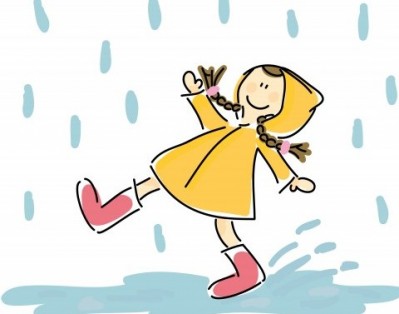
… or buttery-flavored furniture, depending on your luck.
The Human Factors Blog posted this hilarious example of poor discriminality in package design.
I know I’d grab the wrong one from the cupboard.

… or buttery-flavored furniture, depending on your luck.
The Human Factors Blog posted this hilarious example of poor discriminality in package design.
I know I’d grab the wrong one from the cupboard.

As a little girl, my favorite rainy day activity was heading outside to rescue the worms. A sensitive kid, I felt sad to see these distressed creatures bravely escape their flooding burrows, only to find themselves languishing as they drowned in puddles. So, on went the rain boots and the rescue mission began: bring them to dry land.
I was proud to have rescued many worms over the years.
Not too long ago, I learned something that shocked me.
I hadn’t helped those worms. At all.
In fact, I had single-handedly impeded the progress of scores of unsuspecting megadriles.
You see, it turns out that the worms were not in danger of drowning – they can stay fully submerged in water for several days. They flee the soil because they can. Worms breathe through their skin, and it must be moist for oxygen to pass through it. The wet conditions give worms a chance to move quickly and safely to new locations without dehydrating.
These worms were not reacting to mortal danger. They were reacting to a most excellent opportunity to really truck it across the yard. And spending the day in a puddle was really no big whoop. Drying out in the evening sun, however, would prove fatal.
User experience design is about, at its most fundamental level, not presuming we know what’s best for our users. Sure, we know heuristics and best practices and cognitive psychology principles that help us get to better solutions faster. But we also regularly confirm that our proposed solution works for users as it evolves, from conception all the way through detailed design. And that is what is most important.
At the early stages of a project, the role of user experience design (UX ) is to make sure that we’re understanding the problem space from the user’s perspective. If we have not identified the right problems, no solution we dream up will succeed. As advocates for our users, we must make sure that we not only observe them in context, but that we understand their goals and priorities.
In addition, we must make sure a solution is at least useful if not also desired. Even the most elegant design and easy to use solution will fail if it doesn’t offer any real benefit to users.
As we move into the design phase, the role of UX is to validate rough concepts with users. Not by asking if they like them or not, but by walking through flows and evaluating how well the proposed solution matches the way they understand things and approach tasks. We won’t be successful unless the fundamental design structure supports how users already think about their tasks.
By the time we start detailed design, we’re evaluating how well our users can actually use the design to complete tasks. We create realistic mockups and observe users interacting with them. We measure speed and accuracy, task completion rate and satisfaction. By this point, we know how well we’re meeting their needs – or not.
With this process of regular check-ins, it’s hard to get too far off course. That course being (of course): designing user-focused solutions.
I know I’ve benefited from applying user-focused solutions design in both work and life. What about you?
As for worm rescuing, I still pluck one up now and then.
But only if it’s dry.
